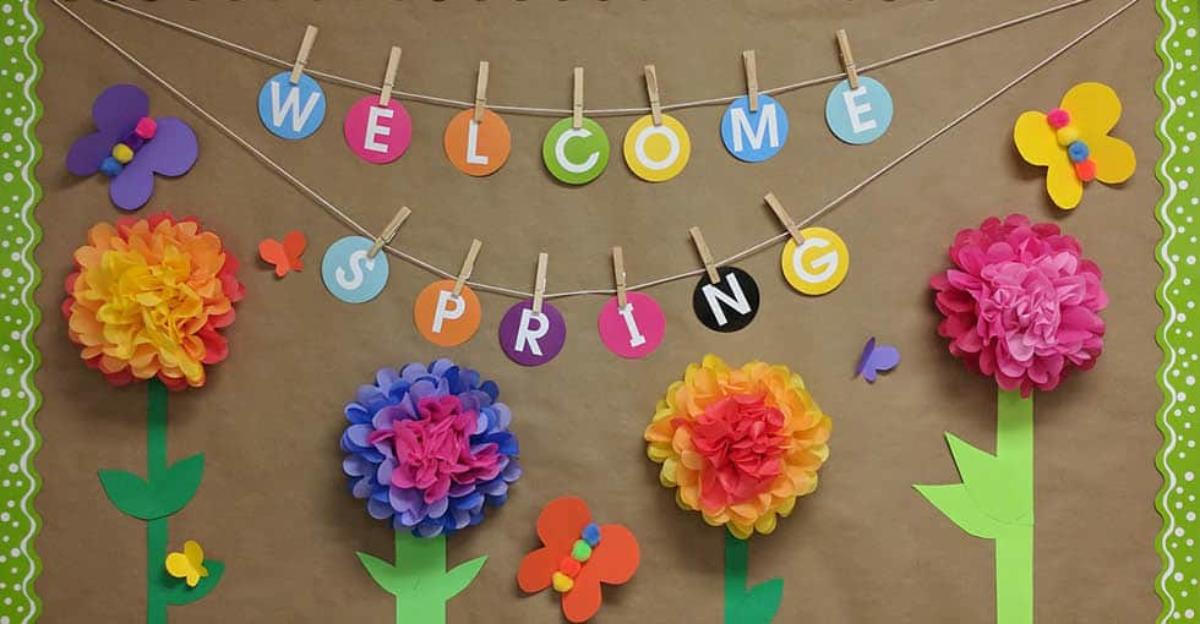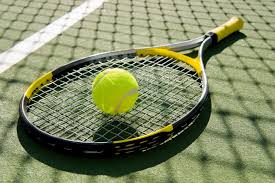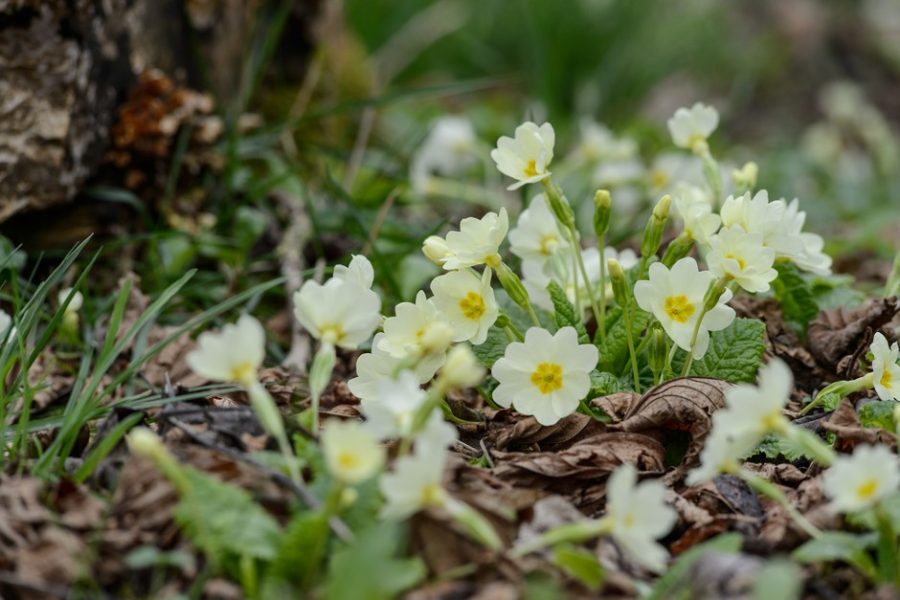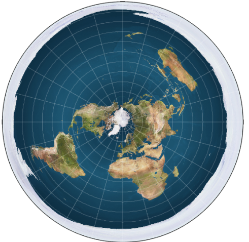The Importance of Flowers
Primula vulgaris primrose plant portrait 080317 08032017 08/03/17 08/03/2017 8 8th March 2017 Spring Monty Don Longmeadow photographer Jason Ingram horizontal
Spring is different across the world. In Bangladesh, the grass is yellow and the trees are bare. The beaches are warm and the sun is hot in the Dominican Republic. And in Illinois, the snow starts to melt, the rain falls, and flowers begin to peek through the grass. Besides the typical red roses or white daisies decorating your house, flowers are often overlooked and underappreciated. But according to Infographic, flowers do a lot more for us than we think.
Daffodils are one of the more popular spring flowers. Not only are they beautiful house decor and a springtime favorite, but they are meant to catch and store nutrients in their soil. This means that when the rain washes away all other plant’s nutrients, daffodils—and any neighboring plant—preserve their fertility and last that much longer in your garden. Storing these nutrients also makes it easier for them to be pollinated. Daffodils are seen as one of the most important sources of nectar for beneficial insects such as bees and butterflies. And to please all the lazy gardeners out there, according to The Rural Sprout, daffodils are extremely easy to manage. They require little care and will grow back year after year.
While primrose requires a bit more attention, they are essential to the environment. Krissa Skogen, Jeremie Fant and Norm Wickett—lead scientist at the Chicago Botanical Garden—conducted a large-scale research on the evening primrose and the insects that pollinate them. The hawk moth’s interest in pollinating this specific flower is seen as “a result of evolutionary forces for pollinators and parasites.”
Snapdragons are being studied for a similar reason. Research is difficult to gather due to snapdragons having a smaller lifespan, but botanists like Professor Cathie Marti and other researchers involved in the BBSRC, spend the window of time they have with snapdragons to learn more about bumble bee’s affiliation with the plant. Studies are still underway by different scientists around the world, but Professor Marti’s research helped spark curiosity in the minds of others. Snapdragons remain the highest flower bumble bees pollinate every year.
Every day throughout the year, flowers give back to us. They keep important insects alive as well as plants, feed animals, and decorate our homes and gardens. It’s impressive how something so small can do so much for the world.
Your donation will support the student journalists of Wauconda High School. Your contribution will allow us to purchase equipment and cover our annual website hosting costs.






















